Spotted Crake – Porzana porzana – South-Holland Province, Netherlands
Several years ago some farmlands in our country have been changed into “natural” area’s.
This as a compensation for the development of residential and industrial area’s.
Mostly this new area’s are developed as combination for nature and recreation. They often have walk-through path’s and the bigger one’s also have small paved roads for cyclists.
Depending on the surrounding, they are developed as new woody or as dry/marsh area’s.
It’s interesting to see which species are discovering this new “nature”
One of thes species for example is the Spotted Crake (Porzana porzana).
It’s a small (19-23 cm) waterbird of the Rallidae family and this migratory species is breeding in Europe and Western Asia. Their breeding habitat is marshes and sedge beds. They are wintering in Africa and Pakistan.
Three years ago I had the opportunity to see my first Spotted Crake in “De Groene Jonker” near Nieuwkoop. Two pairs discovered this new area and started to breed there. I went back there several times and took pictures of an adult and a chick.
Chick 3 weeks old
Adult with small crayfish. Didn’t eat it.
Spotted Crake at “De Groene Jonker” in 2012
Earlier this year, one my friends told me that he had seen one Spotted Crake in a nature/recreation area in my neighborhood. I’ve been there several times this year but never found one. A few weeks ago I received a message: Spotted Crake near the “Zevenhuizerplas” Of course I went there the next morning and was very happy to see one Crake walking between the reed beds. It was shy and I could only take a picture to register this sighting.
A few days later I went there very early and to my big surprise I noticed 3 Crakes, two adults and a juvenile. One of the adults was walking in front of the reed and I could take some pictures of this bird. So it seems this is a new breeding area for this species.
One of my first Spotted Crake pictures at the “Zevenhuizerplas”
“two” Crakes……
As a bonus: Spotted Crake and a juvenile Water Rail
Last week my friends did a simultaneously count along the reed beds and they counted at least 12 Spotted Crakes. The Crakes obviously are using this area as a stopover for their migration.
Rob Belterman
Rob Belterman has been working in Rotterdam Zoo since 1978, and is based in the Netherlands. Retired since 2014. His project activity encompasses the genetics (chromosomes) of birds and mammals, sexing European White Storks for re-introduction in the Netherlands, Bearded Vultures in Austria, and Cinereous Vultures in Mallorca. He coordinates two European Endangered Species Programmes for Red-crowned Cranes and Siberian Cranes. Rob is an enthousiastic bird photographer and always takes his camera with him when travelling.
- Web |
- More Posts(11)
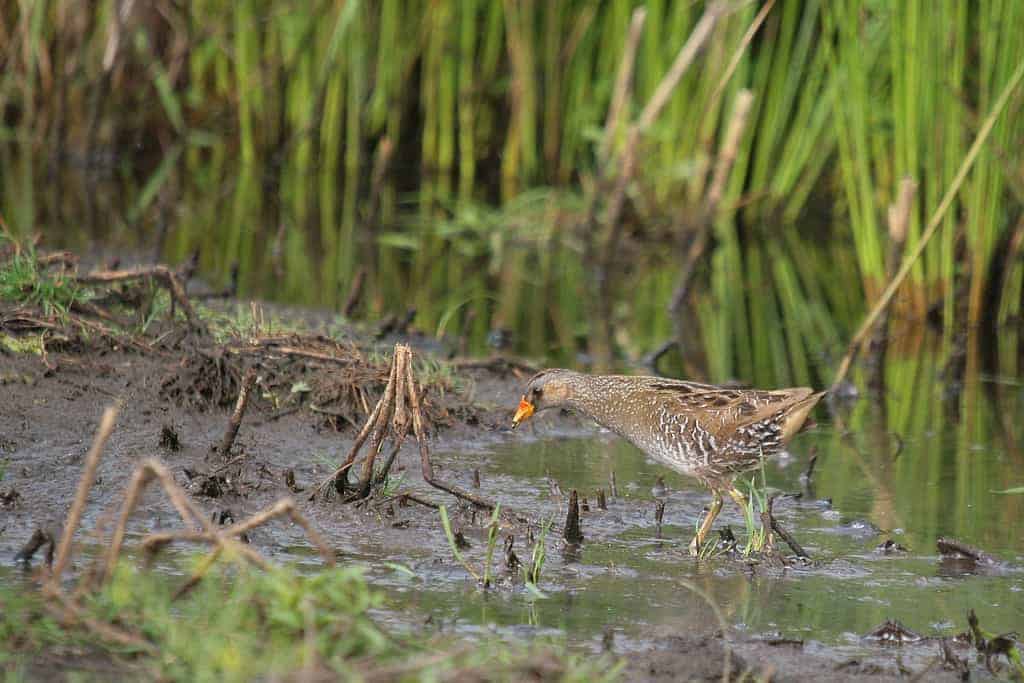


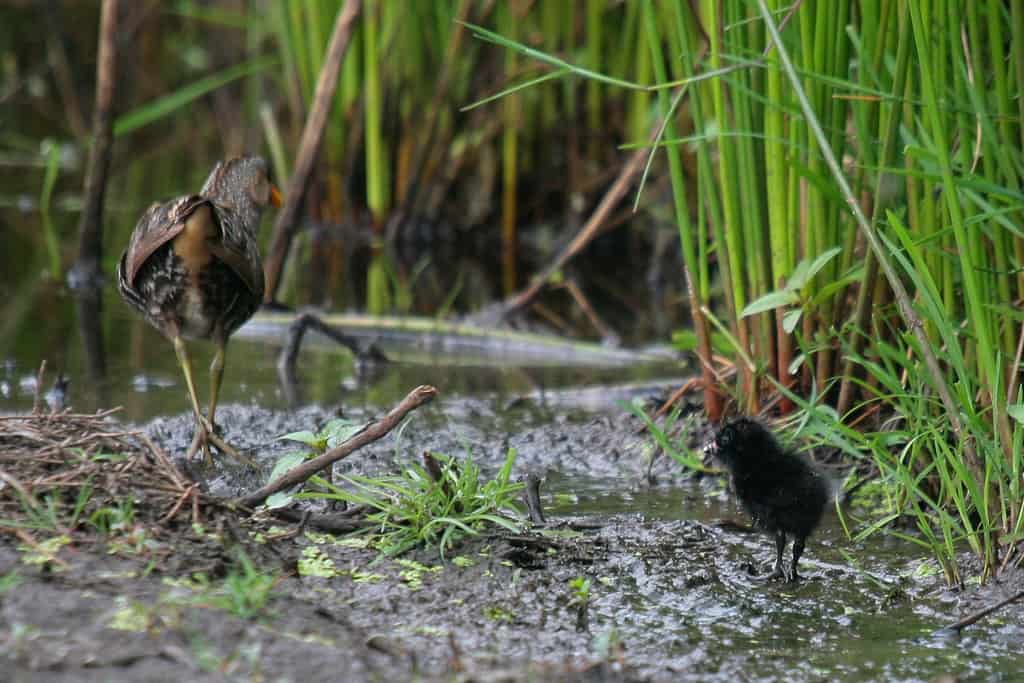
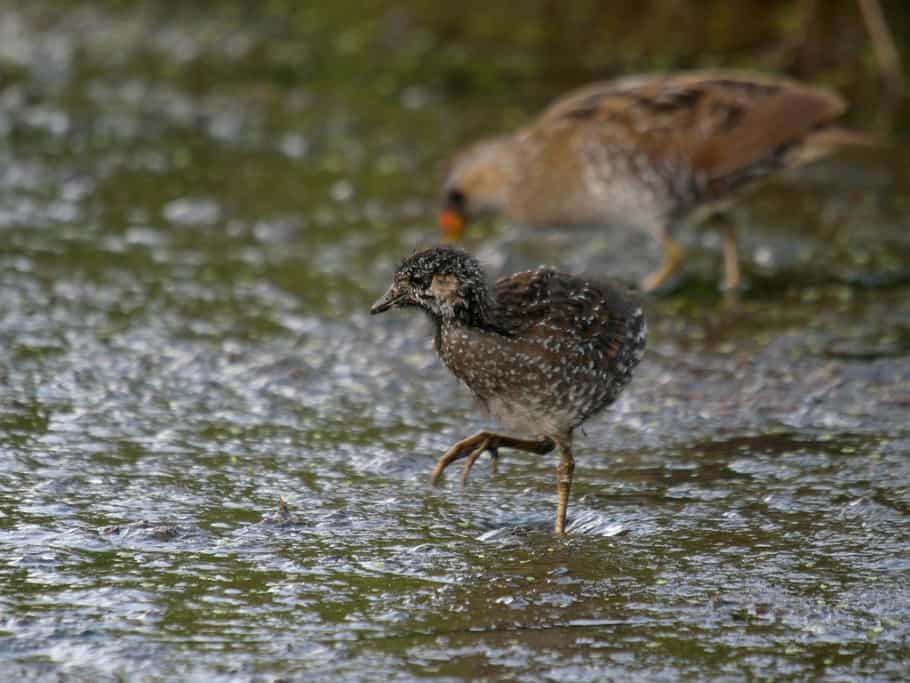
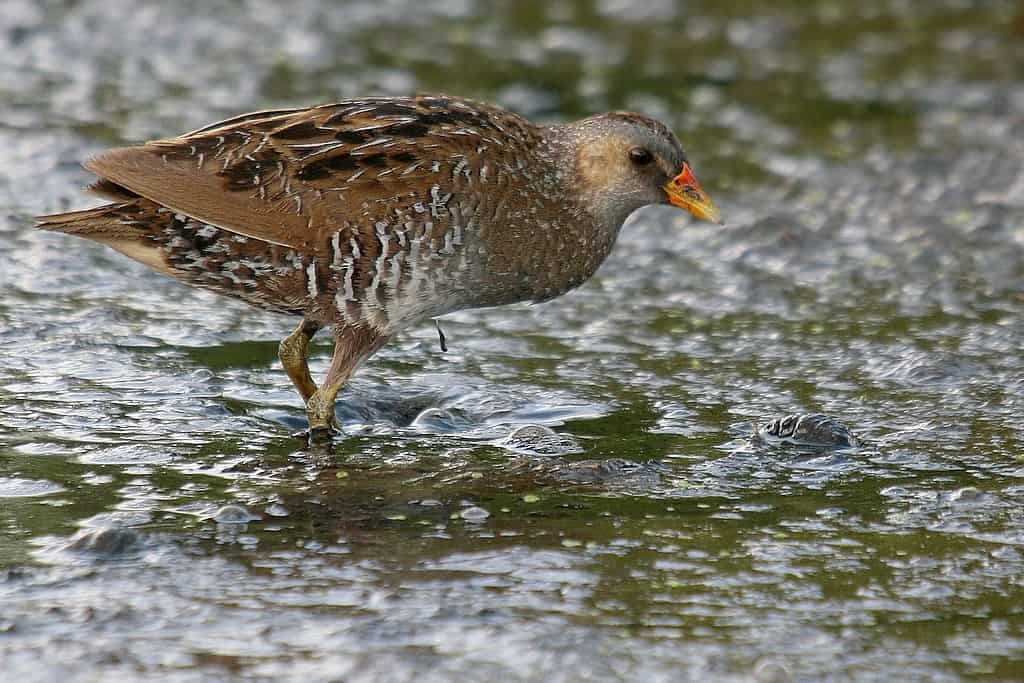
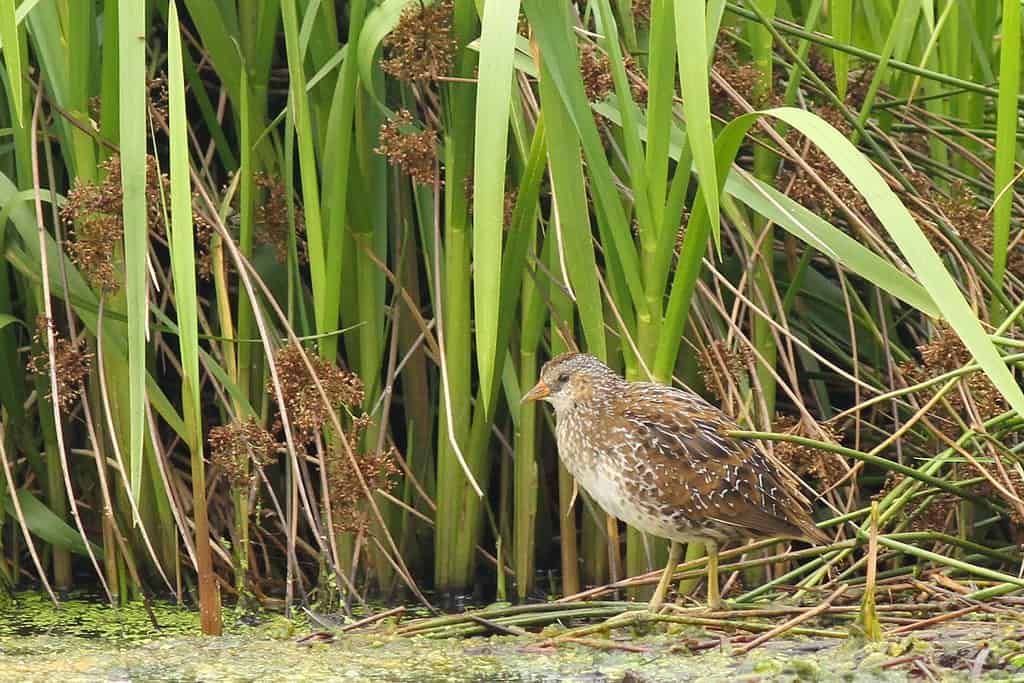
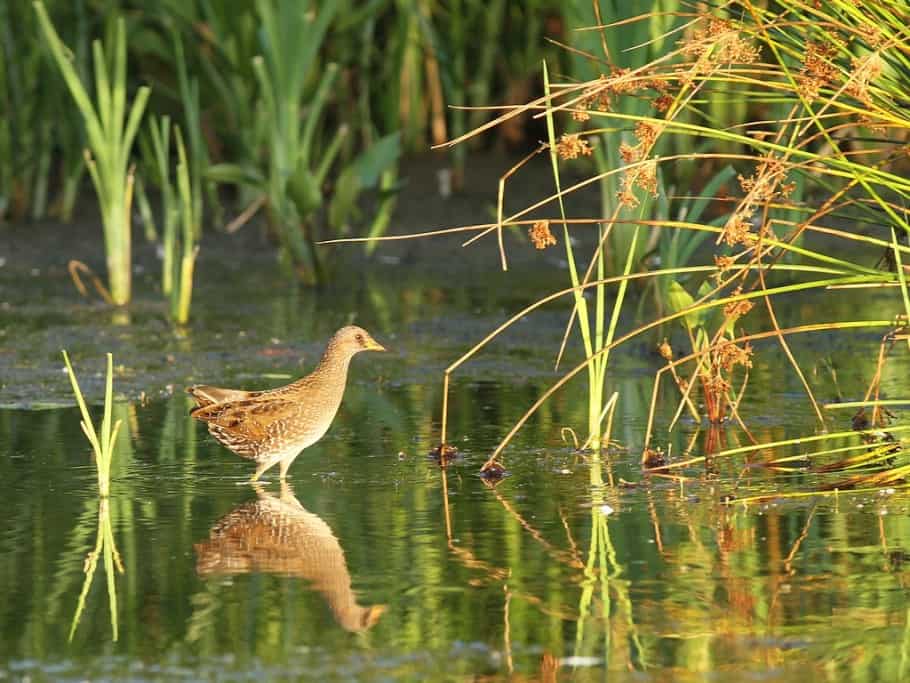
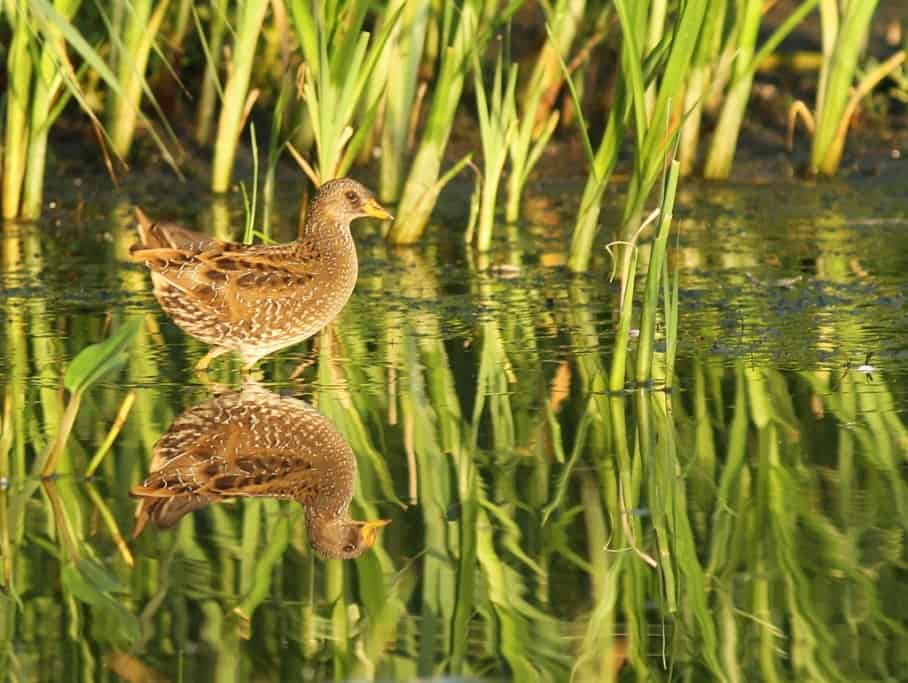
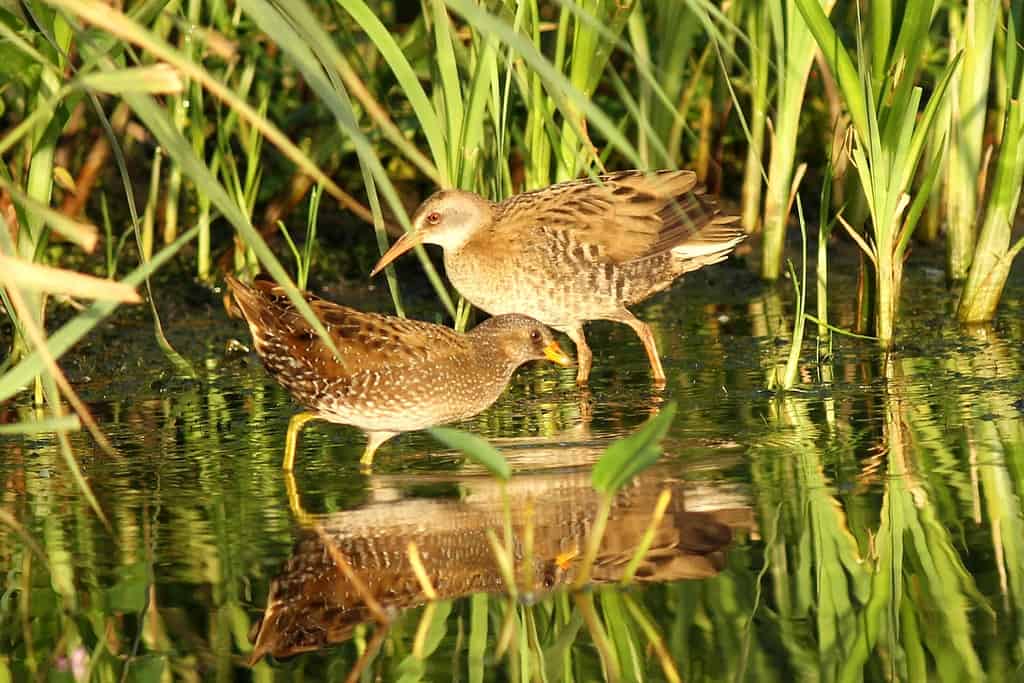
Leave a Reply